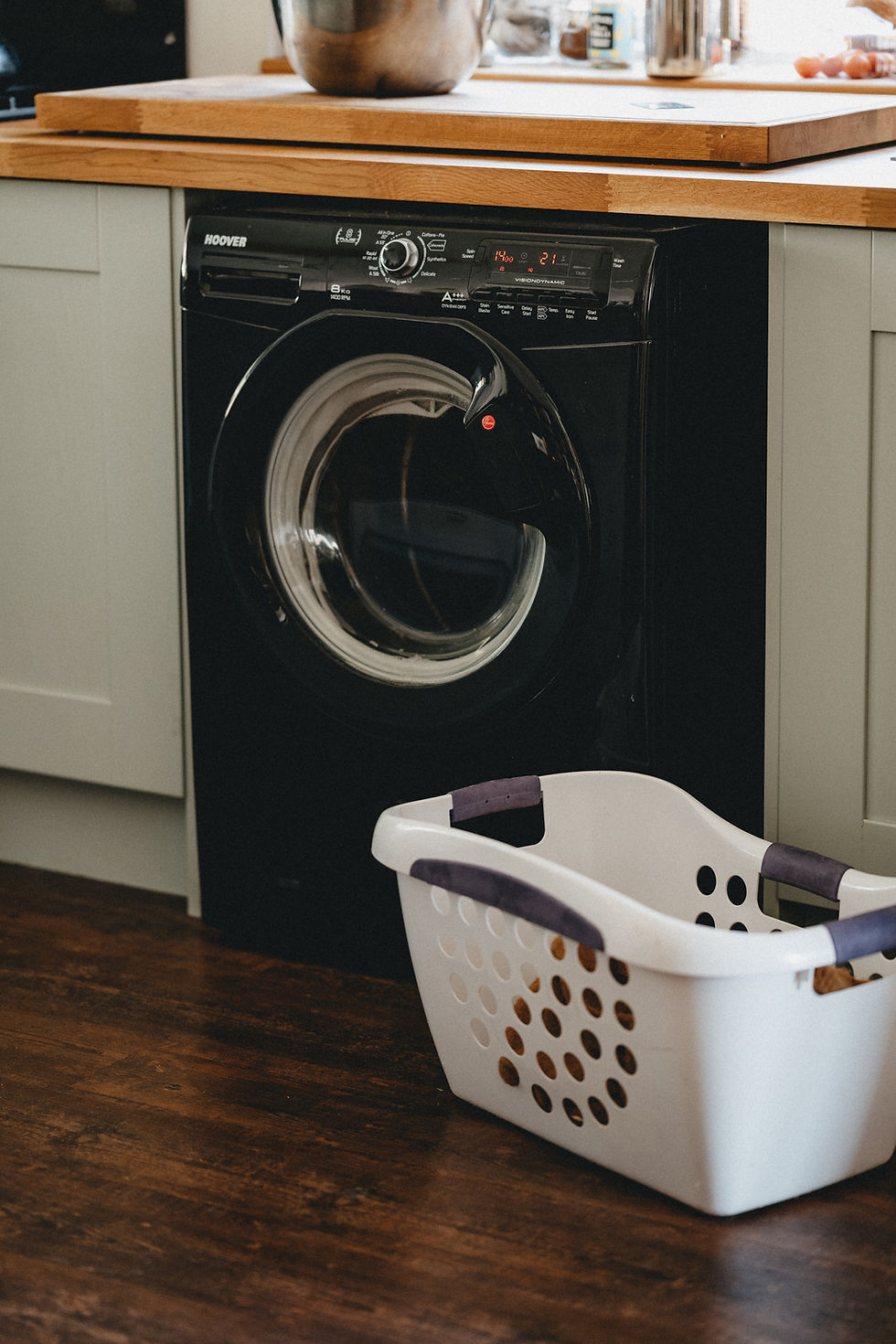Hygiene and cleanliness are essential components in maintaining health, particularly in healthcare settings or in environments prone to germs. One of the most overlooked areas of hygiene is the cleaning and disinfection of everyday items, such as scrubs and sponges. Whether you’re a healthcare professional maintaining the integrity of your scrubs or a homeowner trying to keep your kitchen free of bacteria, understanding how to properly clean and disinfect these items is crucial.

Importance of Regular Disinfection
Regular disinfection of scrubs is essential to prevent the spread of disease-causing germs. This is especially important in healthcare settings where scrubs can become contaminated with pathogens. Similar principles apply to kitchen sponges, which are known to harbor harmful bacteria, especially if they come into contact with raw meat. Therefore, it’s recommended that they are cleaned every three to four days.
Cleaning Vs. Disinfecting
It’s important to note the difference between cleaning and disinfecting. Cleaning refers to the removal of dirt and impurities from surfaces, while disinfecting involves the use of chemicals to kill germs. While cleaning can help to reduce the number of germs, disinfection is critical to killing them completely.
Practical Steps for Disinfecting Scrubs
Disinfecting scrubs involves a thorough process to ensure that they are free from harmful organisms. It is advisable to wash scrubs separately from other clothing to avoid cross-contamination. Using hot water and a good quality detergent can help to kill bacteria and viruses. After washing, dry the scrubs in a dryer in a high-heat setting to ensure any remaining pathogens are killed.
Techniques for Cleaning and Disinfecting Sponges
There are several effective methods to clean and sanitize kitchen sponges. These include using a washing machine, dishwasher, kitchen sink, disinfectant cleaner, vinegar, or microwaving the sponge. One unique method involves using hydrogen peroxide, which can extend the life of the sponge and prevent the growth of bacteria and odor. Remember, it’s not just about cleaning the sponge, but also about keeping it germ-free for as long as possible.
Choosing the Right Scrubbing Tools
Choosing the right scrubbing tools can also make a significant difference in your cleaning and disinfecting process. For instance, an All Purpose Cleaning Pad is a non-scratch scrub pad that can clean grease, grime, and dirt on various surfaces. It’s safe to use on non-stick cookware, countertops, showers, and more. The pad can be cleaned by putting it in the dishwasher and is reusable, making it a cost-effective and convenient choice for maintaining hygiene.
In conclusion, maintaining proper hygiene involves more than just regular cleaning. It’s about understanding the importance of disinfection and implementing the right processes and tools to ensure a germ-free environment. Whether it’s cleaning your scrubs after a long day at the hospital or disinfecting your kitchen sponge, these steps can go a long way in promoting health and preventing the spread of diseases.
Adapted from: Medriva


Comments